Prospecting Equipment
For all enterprises in the mining industry, the mining cycle is a critical operational and financial consideration. It's critical to have the correct equipment on hand for each phase, from crushers and dozers to wheel loaders and trucks.
Because the type of mine and raw material, the location of the site, the volume of the operation, the presence of possible risks, and other considerations all play a role, each mine is distinct in some way. Certain considerations, however, are similar to many mining ventures.
A diverse range of equipment is thereby required, ranging from subterranean mining equipment such as mining loaders to heavy-duty vehicles on the surface.
Mining operations and heavy equipment
From the creation of the mine to the reliable and safe extraction of the raw material within, mining operations rely heavily on technology and machinery. They play an important role in mining, whether it's gold mining equipment, rock extraction tools, or a variety of other heavy machinery. The following are some examples of common mining equipment:
Crushers are machines that take huge boulders and crush them into smaller rocks or dust. 
Wheel loaders: These tools play an important function at the mine's face, digging through the material and safely lifting and transporting it.

Drill rigs: Drill rigs are a versatile piece of heavy gear that may be utilised both below and on the surface for tasks such as rock excavation. This is only one of the many different types of mine drilling equipment available.
Bulldozers: Because of their mobility, power, and tenacity, bulldozers can perform a wide range of tasks in the mining industry. Smaller dozers are easier to manage underground, whereas larger dozers are better suited to heavy-duty surface mining.

Trucks for hauling: Haul trucks are manufactured at a scale that lends themselves to high-volume operations in mines, with the same functionality as a dump truck. These off-highway vehicles are large enough to transport significant volumes of mined raw material, as well as excavated rock and dirt.
Loaders, Trucks and Haulage Equipment for Mining
Surface and underground mining activities both require loading and hauling. Loaders and haulage carriers are used by miners to carry ROM ore to the processing area as well as to remove overburden and waste rocks from the mine site.
Proper fleet selection, which includes identifying the appropriate kind, size, and quantity of loaders and trucks, is a key mine planning decision that can increase production efficiency while lowering capital and operating costs.
Transportation in mining
Miners can increase overall productivity and efficiency by selecting dependable, cost-effective, and high-performance transportation systems.
To meet the needs for increased safety, efficiency, and sustainability in mine transportation, leading mining truck manufacturers are focusing on implementing more energy-efficient technology and sophisticated safety features.
https://youtu.be/dES097-j_0w?si=WxoTcY8Df1i4E6m4
Equipment for haulage in mining
The ore grade, as well as the quantity and depth of subterranean deposits, are key factors to consider when selecting a haulage system for a specific underground mine.
While there are three primary underground haulage systems: rail, trucks, and conveyor belts, haul trucks are the most popular in underground mining operations around the world.

Mining Equipment for Crushing and Screening
By pushing, hammering, or grinding hard materials into little pieces, crushing is accomplished. Crushing equipment is used to reduce the size of hard waste materials so that they can be easily recycled. They can also be used to distinguish between pieces of various compositions. Screening is typically used to separate coarse materials at the end of the process. It's the last step in the process of separating different-sized materials. Cone crushers, horizontal shaft impact crushers, and jaw crushers are the three types of crushers and screeners.
Material Handling Equipment
Mining is one of the most complicated industries, requiring the transportation of vast amounts of minerals and bulk commodities at every stage of the mine-to-market value chain, from ore extraction through product delivery to clients.
To be competitive, mining companies need purpose-built, efficient material handling and storage solutions. They're looking for durable, low-maintenance hauling, feeding, conveying, loading, unloading, and lifting equipment, as well as storage solutions. Mining also involves transporting hazardous materials which will require special vehicles to accomplish this safely.
Mining Waste Management & Incineration
Screening fines is a procedure that sorts and separates materials to produce trash fines that are ready for resale and disposal.
Typically, this aids in the processing of trash from the construction and demolition (C&D) and commercial and industrial (C&I) industries (C&I).
Construction and demolition sites, as well as other commercial operations, may produce the garbage outlined above.
Fibre, cardboard (OCC), wood, metal, glass, textiles, plastics, soil, and aggregates are all possible inputs.
The procedure divides goods into categories such as component, size, shape, and weight.
Vibratory screens or disc screens, as well as air separation and magnets, may be used, as well as hand sorting.
After that, the fines are segregated and preserved.
Mining equipment manufacturers & suppliers
Overall, the mining industry relies extensively on global supply chains for inputs like machinery, equipment, and components, as well as raw material outputs to clients all over the world. Hydraulic excavators, wheel loaders, backhoe loaders, bulldozers, dump trucks, tippers, graders, asphalt paving machine, asphalt batch mix plant, breakers, vibratory compactors, cranes, forklifts, dozers, off-highway dumpers (20T to 170T), drills, scrapers, motor graders, rope shovels, and so on are all examples of construction and mining equipment.

Top 10 mining equipment manufacturers
| Caterpillar |
17.8 % |
| Komatsu |
10.6 % |
| Hitachi |
4.9 % |
| Volvo |
4.9 % |
| Terex |
4.6 % |
| Liebherr |
4.5 % |
| John Deere |
4.1 % |
| XCMG |
3.9 % |
| Sany |
3.4 % |
| Doosan |
3.4 % |
| Others |
37.9 % |
How to choose a cost-effective equipment for mining
There are several aspects to consider while purchasing the correct equipment for your mining company. It's critical to conduct research on everything from your budget to the size of your operation and beyond so that you can install the equipment that will assist your business succeed.
However, you've probably already thought about your budget and the equipment you'll need. However, to guarantee that you evaluate all aspects of your mining equipment investment, here is a list of 11 things to think about.
1. The location of the unit
Unfortunately, this is one of the aspects that is overlooked until later in the purchasing process. When you evaluate your facility or mining location, the space you have to deal with, and the condition of the unit's future position, you can ensure that you buy equipment that is appropriately sized, equipped, and ready to be installed. Innovative mining equipment is more compact than ever before, making installation much easier.
2. Ascends and Descends
Along with the location of your equipment, the topography of your extraction, processing, or ultimate product removal should be considered. If there is an incline or decline, you'll need conveyor belts and vibratory feeders that can manage the extra friction and run at a more consistent speed. Rather than trying to retrofit something, ask for materials that will fit in your specific topography.
3. Screen Dimensions and Configuration
Your mining operation would be unable to remove the amount of material required to make a profit without the appropriate screens. While the size and configuration of your complete feeding and vibratory system are important, the size and configuration of your screens are the most important. Because particle size has a significant impact on material flowability, you should collaborate with a manufacturer who can design a system that allows materials to flow freely. Work with a manufacturer that will make a custom screen setup for you.
4. Conveyor Belts and Feeders
Feeders and conveyor belts are required in a mining operation to move and manage material flow. Better feeders and higher-quality conveyor belt systems can boost processing rates and yields, in addition to facilitating efficient operation. To ensure a smooth flow, choose feeders and conveyor belts developed exclusively for mining applications.
5. Activation of the Material
One of the key functions of many mining processes is to feed and activate material. Material flow control guarantees that downstream processing equipment receives the right amount of material at the right time. You need equipment that is not only tough and able to handle the harsh environment, but also dependable and requires minimum maintenance as part of the material activation process.
6. Effectiveness
Modern mining equipment produces more output, as well as higher rates and yields, than previous (or used) types. The ability of units to extract minerals with less energy every revolution lowers the overall cost of the gear, resulting in a higher long-term return on investment. Furthermore, when vibration is combined with grinding media, the number of material impacts per minute increases dramatically, reducing extraction time and resulting in a more desired fragmented product. The capacity to extract ore and minerals faster allows units to process material more efficiently than previous units, resulting in a significant reduction in the amount of time necessary to extract material. Consider energy per revolution, impacts per minute, extraction time, and other factors while purchasing equipment.
7. Dependability
It's an unavoidable fact that some equipment is less dependable than others. You may find that your mining operations are stuck more often than not, especially if you're trying to decrease costs or retrofit a mining solution. The easiest method to obtain the most return on your investment is to choose mining equipment with parts that are especially suited for your operation and have excellent ratings.
8. Humidity and Moisture
To extract, transport, and process minerals, ores, and precious metals from soil, sand, and rock, heavy-duty, weather-resistant equipment is still required. While wet environments are not present in all mining areas or materials, they do exist in some. Because moisture can reduce the performance of your equipment and limit its lifespan, correctly rated equipment should be considered.
9. Retention of Materials
You'll need equipment that isn't just meant for greater weights and more "solid" objects if you're mining minerals that are looser in density or have a finer grain texture. This will ensure that you keep as much of your extracted materials as possible while also preventing contamination.
10. Worker Protection
Although modern mining equipment is far safer than a horse, waggon, and pick in the days of the Gold Rush, this does not mean that all equipment is completely safe. You may need extra workers "on the ground" depending on the commodities you're acquiring and processing. Choose equipment with safety features such as emergency shut offs and obstruction detectors to reduce dusting and harmful byproducts.
11. Manufacturers with Mining Experience
You need to engage with a reputable mining equipment manufacturer to get genuinely remarkable mining equipment that you can trust with your enterprise.
Many manufacturers have been innovating vibratory and vibrating process equipment for the mining, minerals, and aggregate industries for many years.
Browse Camamach’s inventory of mining equipment to find the item that best fits your demands or solves your process problems.
Equipment for mining parts and accessories
Do you own a mining company? Do you want to assure optimal productivity, high-quality procedures, or the highest levels of security? If that's the case, get assistance from Camamach. We have a variety of mining equipment parts available.
You need products to support your mine or quarry, no matter how big or little it is. And we have the tools to help you achieve it. We offer heavy-duty machinery, such as the products listed below, in addition to spare parts for basic tools like shovels, trucks, Dump Trucks, and excavators. Camamach can help you identify the parts you need for mining drills, blasting tools, crushing equipment, and analytical equipment.

Get answers to your key questions on mining equipment
How big is a haul truck?
Haul truck capacity ranges from 40 short tonnes to 496 short tonnes (36 long tonnes; 36 t) (443 long tons; 450 t). The size of large quarry trucks ranges from 40 to 100 short tonnes (36 to 89 long tons; 36 to 91 t).
How much is a cat haul truck?
From the vaults: The 797, which costs $3.4 million and is powered by two V-12 engines linked together, produces 3400 horsepower and can tow up to 400 tonnes. The following is an excerpt from the May 2000 edition of Car and Driver. The Caterpillar 797 is the world's biggest truck.
What truck has the biggest haul?
The Belaz 75710, which was just released, is by far the world's largest dump truck, with a payload capacity of 496 tonnes.
How much HP does a haul truck have?
According to Lindgren, one of the biggest mistakes people make with dump truck engines is specifying too much power. "Get just enough horsepower to get the job done." For most purposes, 350 to 400 horsepower is sufficient.
Is a haul truck a dump truck?
What is the bulldozer used for?
Bulldozers are used for shallow digging and ditching, short-range material transportation, spreading soil dumped from trucks, rough grading, tree removal, stump removal, and rock removal, as well as cleaning and levelling surrounding loading equipment.
Is a bulldozer and excavator?
Excavators are typically used for soil excavation, digging holes, material handling, and demolition of minor constructions, among other tasks. A dozer is mostly used for leveling the ground, clearing the site, and so on.
What is the difference between loader and dozer?
The Wheel Loader is used to scoop and transport soil and sand, whereas the Bulldozer is used to level the land. The most notable distinction between these two is that the bulldozer has a track whereas the wheel loader relies on tyres, particularly solid tyres.
What is the major advantage of a wheel loader?
High carrying capacity, versatility in many applications, ease of operation, lower operating costs, alternatives for various sizes, and low maintenance are all advantages of wheel loaders. Due to its capacity and versatility, it is high-performing equipment capable of completing tasks on a project site more quickly.
How do crushers work?
A jaw crusher is made up of two crushing plates that are inclined to each other and produce a horizontal aperture with their lower edges. Material is crushed by reciprocating pressure between a fixed and a moveable plate until the crushed product is small enough to pass through the space between the crushing plates.
What are the problems associated with deep shaft mining?
These difficulties include catastrophic events such as rockbursts, gas outbursts, high in situ and redistributed loads, massive deformation, squeezing and creeping rocks, and high temperature, which are all common in deep mining engineering.
What is ESG, and how does it affect the mining industry?
Investors' demands for more attention to environmental, social, and governance-related problems and data have pushed ESG to the forefront. In summary, investors are beginning to look beyond financial statistics and are now interested in a mining company's ethics, competitive edge, and culture.
Why should I choose a good impact crusher?
There are a few characteristics to think about:
The hardness and abrasiveness of the material. It is critical to understand the material that will be crushed, particularly its abrasiveness and hardness. Before a material may break, you must determine its compressive strength, or the greatest force it can withstand.
The measurements. You'll need to think about the maximum dimensions you'll be putting into the machine (length, width and thickness).
Requirement for granulometry. The desired result, i.e. the grain size after crushing, must be defined.
The ability (throughput). You'll need to figure out how much processing power (or throughput) you'll require for your application. This is expressed in tonnes per hour.
Jaw crushers are the most common type of crusher.
Cone crushers are used to smash rocks.
Hammer crushers are also known as impact crushers.
If there’s anything you’re still unsure about Equipment for mining, then feel free to ask an expert at Camamach! We have years of experience in the mining industry and are happy to help others find the best equipment or mining based on their specific needs. Contact us and we can make professional recommendations based on your individual site plans and requirements. Feel free to read our blogs for more information about equipment for mining and brands!
How can we help you with your equipment/parts requirements?
✅ Are you a company of 11 - 50 people?
✅ Do you spend too much time finding the right equipment manufacturers?
✅ Unsure if you will get the right equipment?
✅ Unsure if you will get the right after sales and spare parts?
If your answer is YES, Contact Us Now for a FREE Consultation
 The first thing to do in finding the right heavy equipment is doing thorough research. Check out various websites for an educated choice.
The first thing to do in finding the right heavy equipment is doing thorough research. Check out various websites for an educated choice.
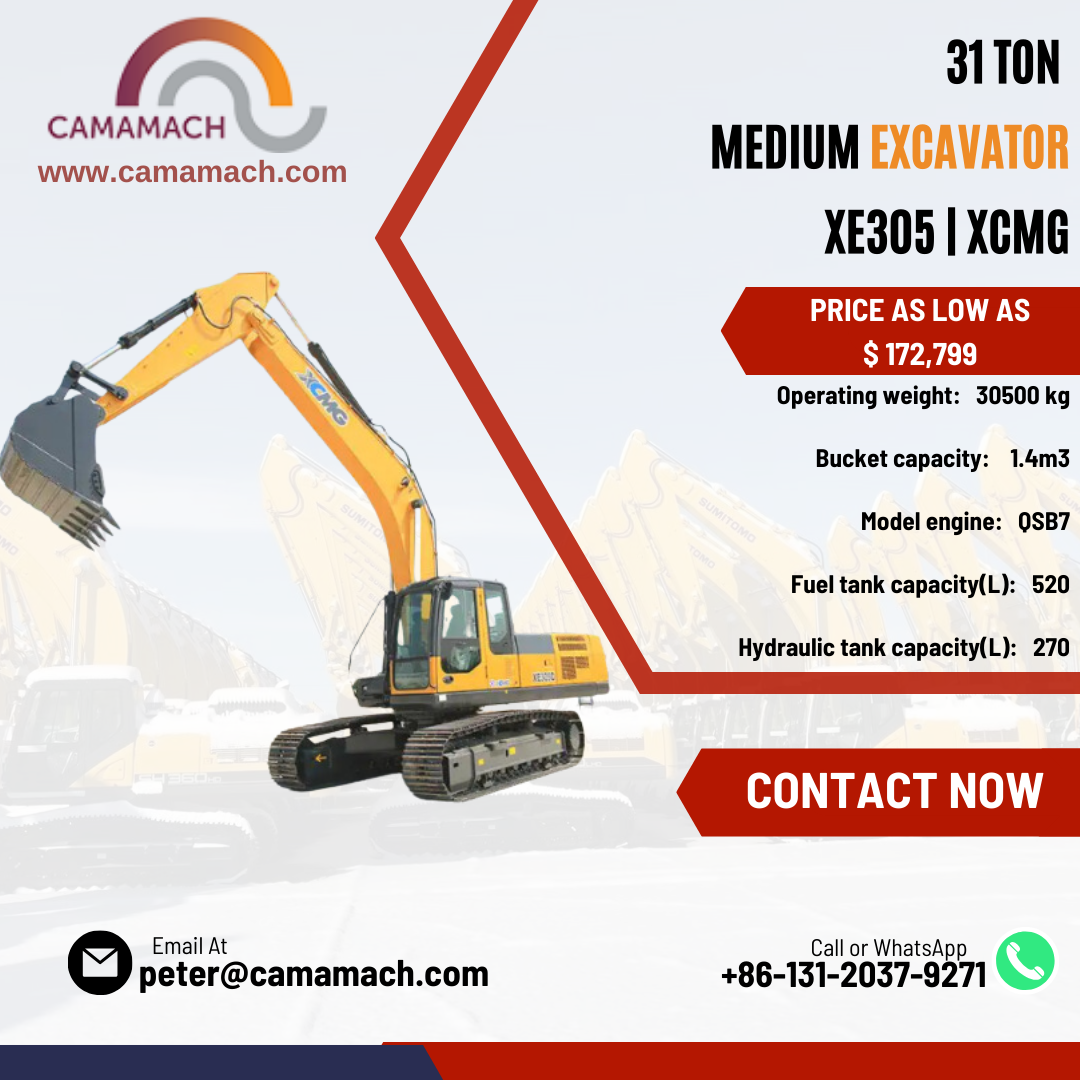 31 Ton Excavator. At Camamach, you can buy with confidence, knowing you're getting detailed information to make the right choice.
31 Ton Excavator. At Camamach, you can buy with confidence, knowing you're getting detailed information to make the right choice.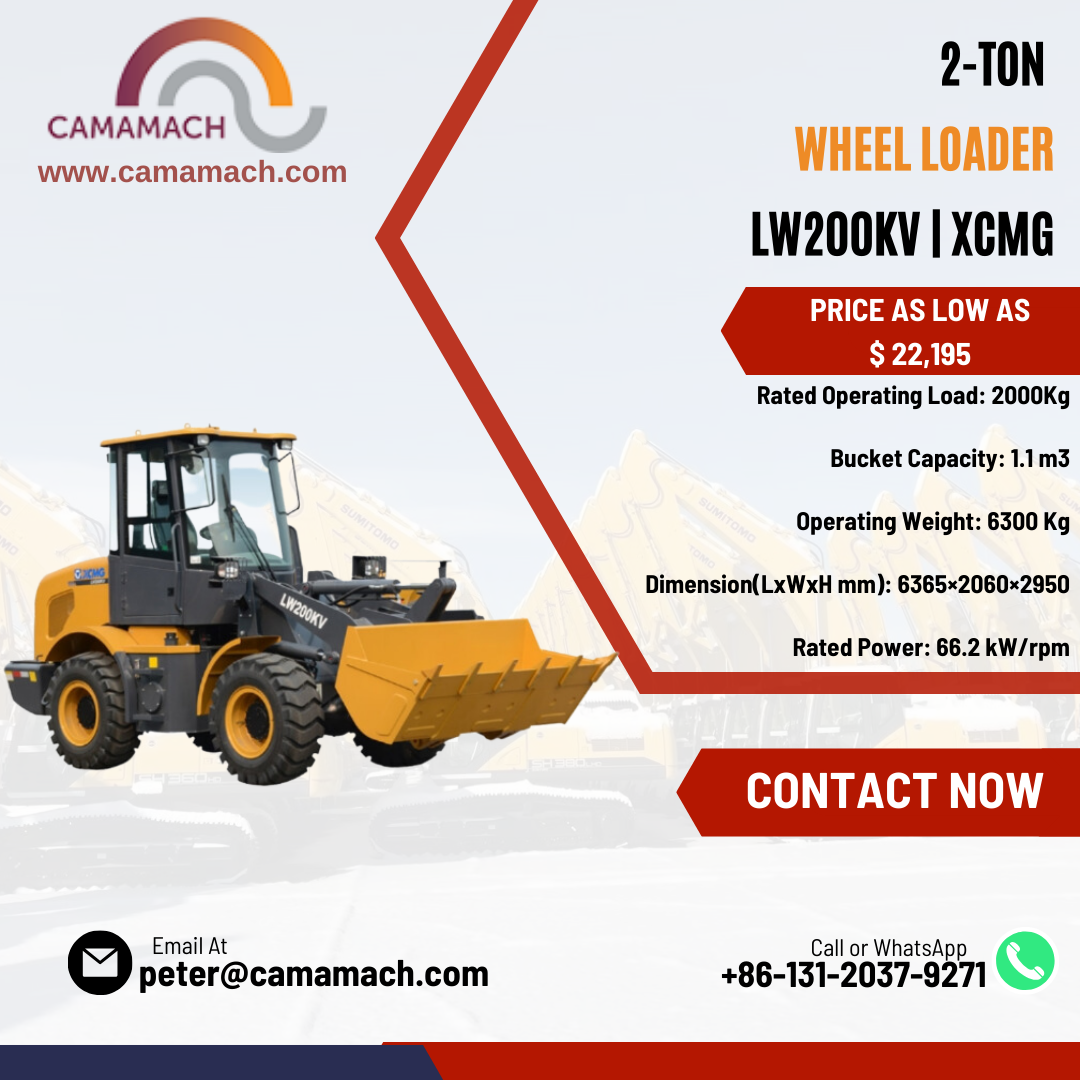 Define your budget with Camamach! Explore our incredible deals on the 2-ton wheel loader and let us guide you to affordable, high-quality equipment.
Define your budget with Camamach! Explore our incredible deals on the 2-ton wheel loader and let us guide you to affordable, high-quality equipment.
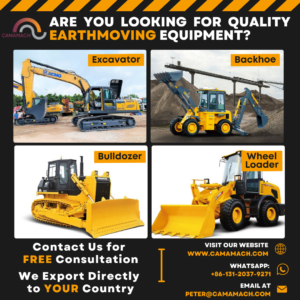
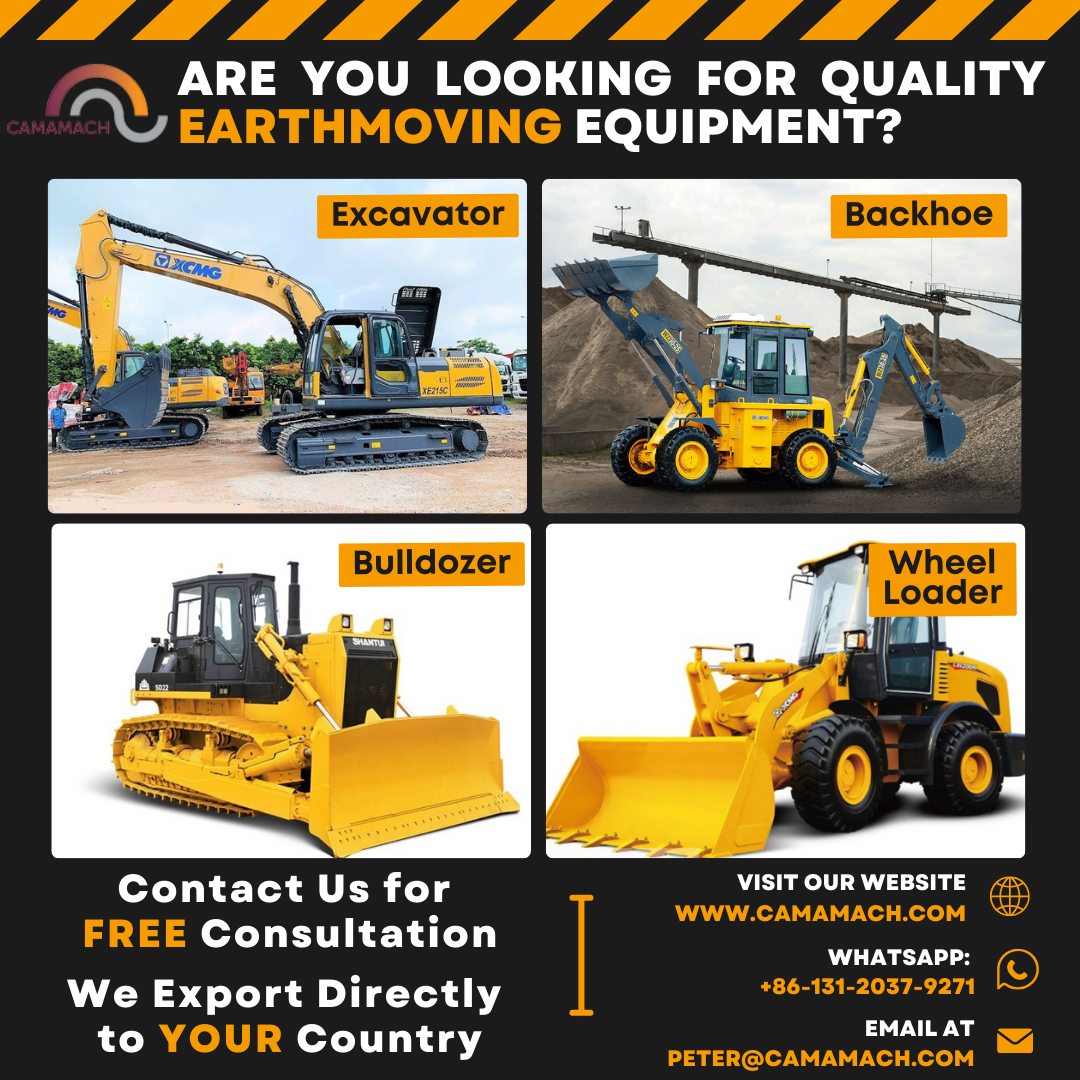
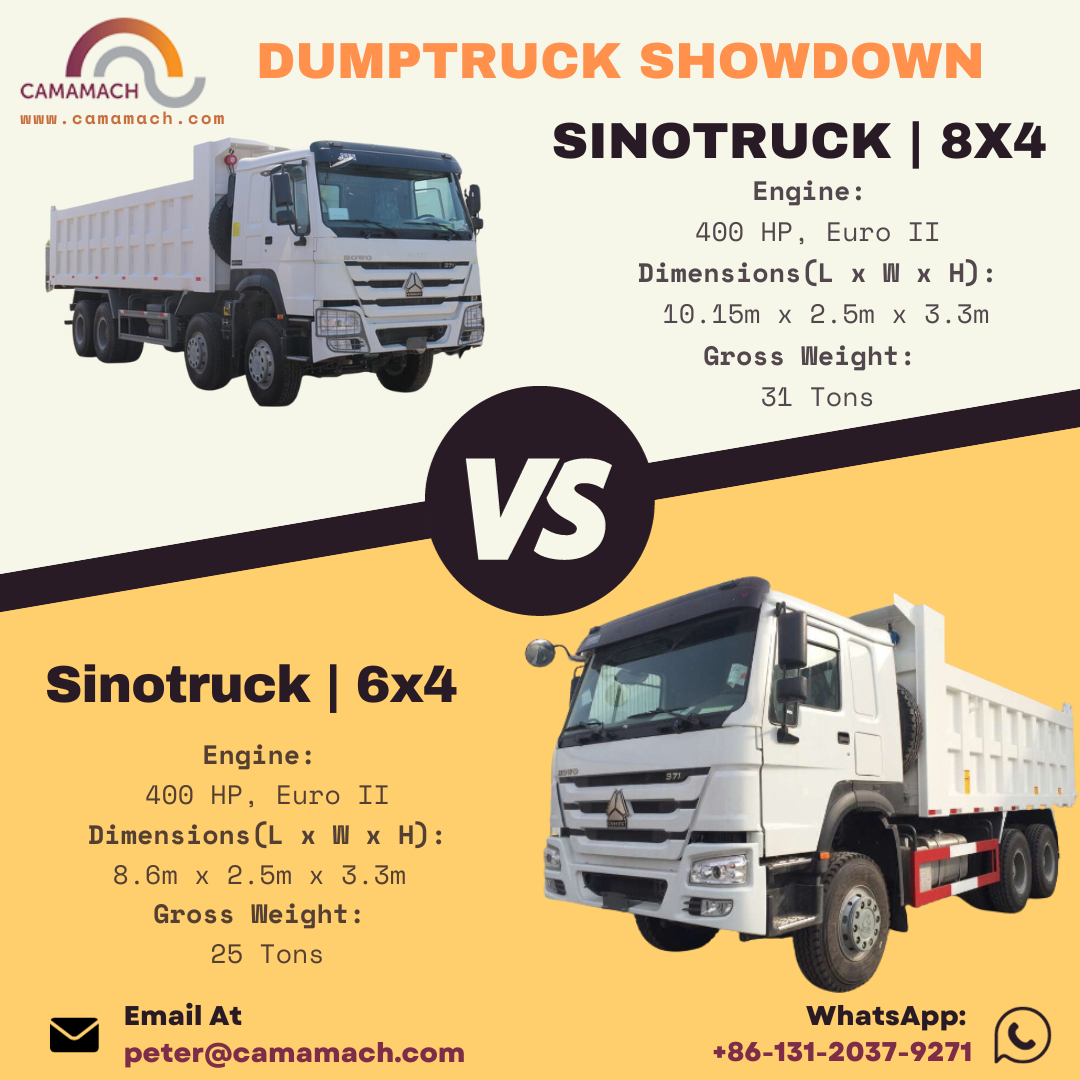
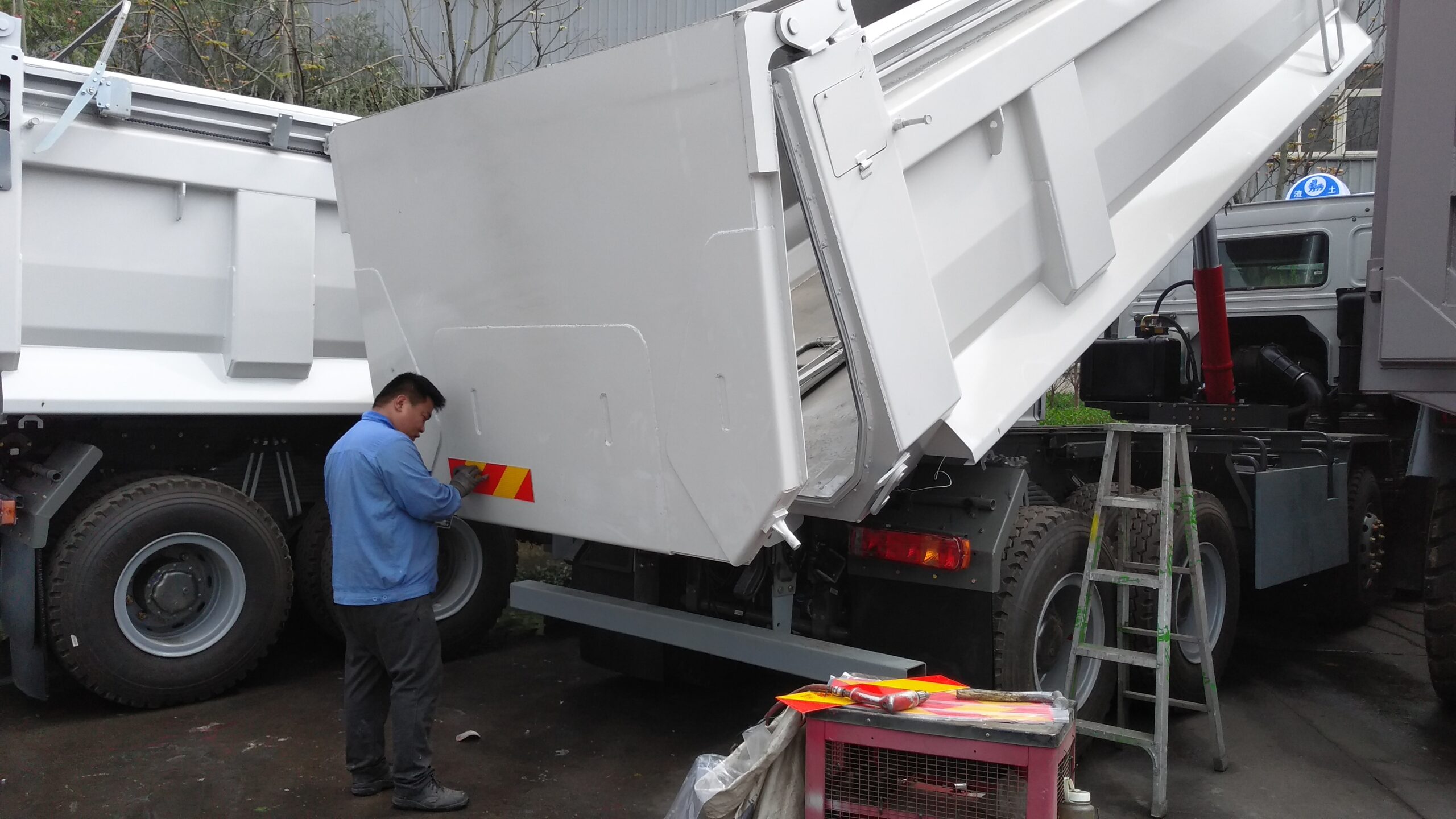
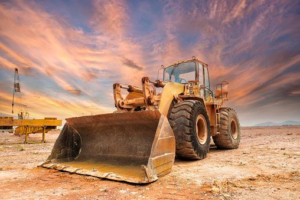






 This is a
This is a  This is a
This is a  This is a
This is a 



